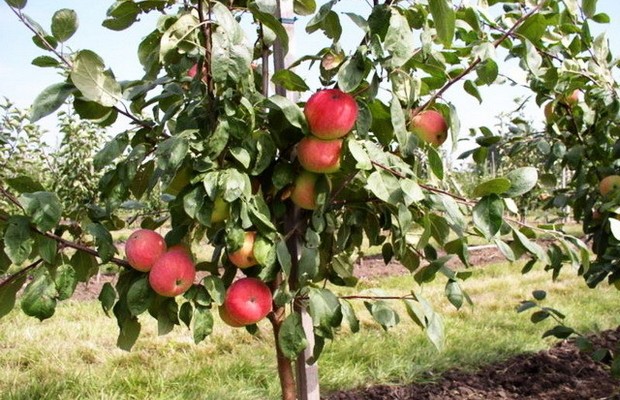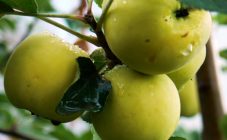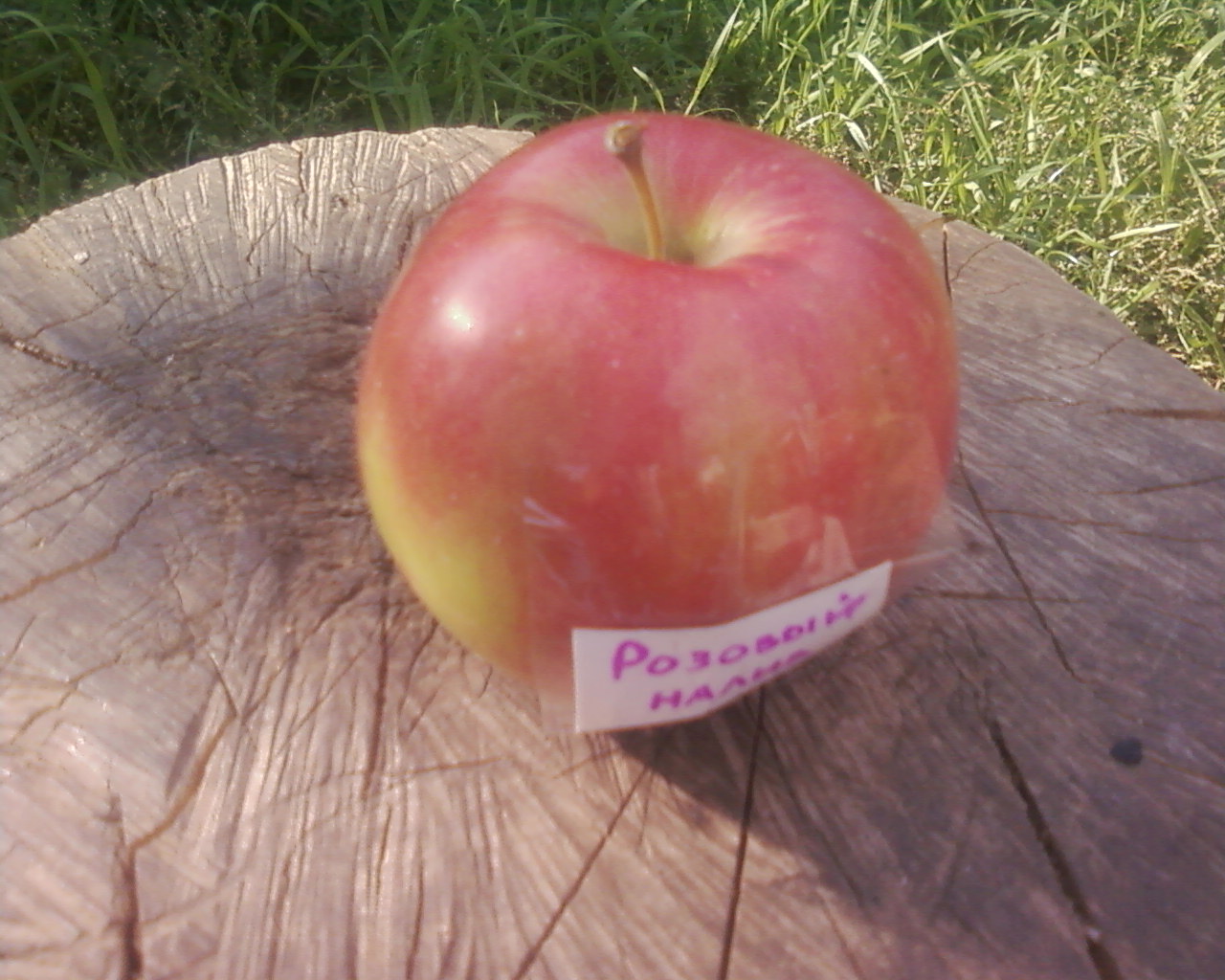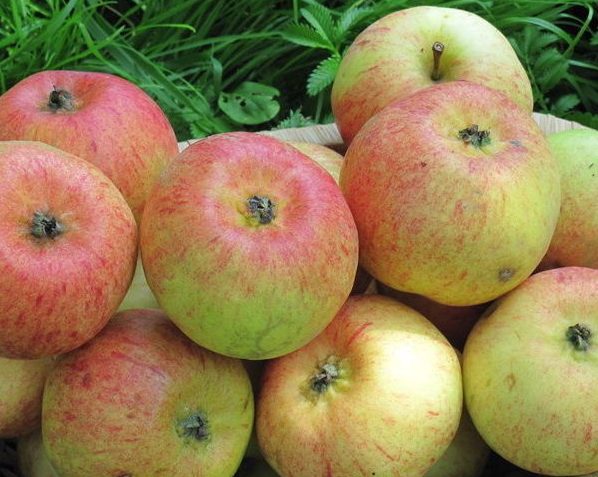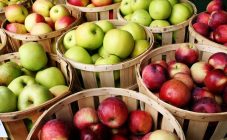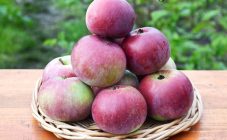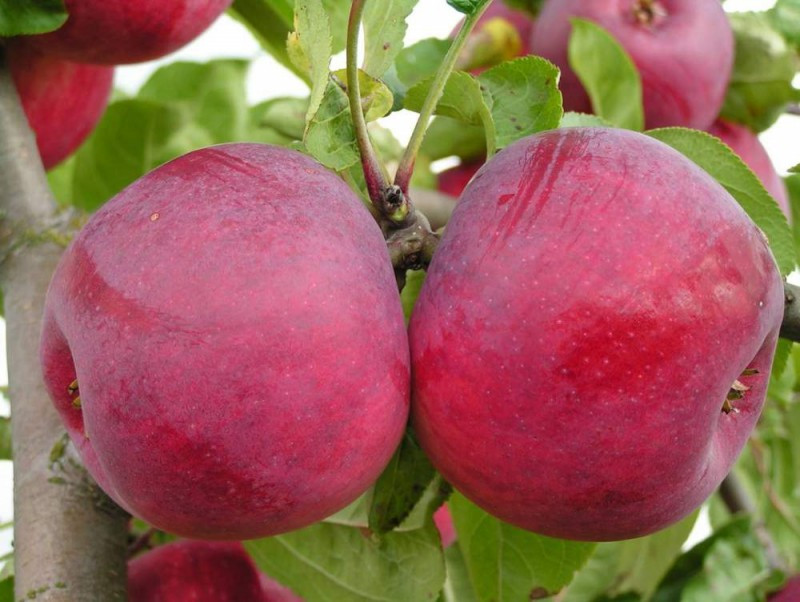Content:
The apple tree is perhaps the most popular fruit tree grown in the garden. Summer, autumn and winter varieties can be found in the garden at the same time.
One of the best and most delicious late-ripening winter varieties is Pepin saffron, on the basis of which about 20 subspecies have already been created, adapted for cultivation practically throughout the territory of Russia.
The main characteristics of Pepin saffron, the nuances of cultivation, the advantages and disadvantages of the Saffron apple variety - in a word, a full description of the Pepin saffron apple will be given below.
History of creation
The Pepin saffron variety was bred at the beginning of the last century by the Russian breeder I. V. Michurin. For crossing were taken Renette Orleansky and a hybrid variety Chinese and Pepinka Lithuanian. The new variety turned out to be so wonderful that over the past decades its popularity among gardeners has only increased.
According to the description of the author of this variety, the Saffron apple tree can be grown for industrial purposes, and these apple seedlings can also be planted in private backyards.
Characteristics and description
The Saffron apple tree is medium-sized (no more than 3 m in height), the crown shape is spherical, the branches are slightly drooping. The thickness of the shoots is medium, the color is a rich emerald color with a gray tint. The branches are heavily pubescent.
Foliage - bright emerald with a gray tint. Its shape is elliptical with pointed tips. The leaf plates are well pubescent, wrinkled.
Small flowers - boiling white, bloom simultaneously in the first decade of June, completely covering all the shoots.
Ripening Saffron apples are small and medium in size, their weight ranges from 95 to 125 g. The shape of the fruit is round, slightly flattened in the center. The rind is dense, its thickness is less than average. The color of the smooth skin is green with a yellow tint; the fruit is characterized by the presence of a raspberry blush throughout the apple. The peduncle is long and thin.
The pulp is creamy, firm, the taste is sweet with a pleasant sourness, the smell of ripe apples is pleasant slightly spicy.
The variety is self-fertile, therefore it does not require planting a number of pollinating fruit trees. However, many gardeners note that when Antonovka, Slavyanka and some other apple trees with the same flowering period as Pepin Saffron are planted nearby, the yield of trees increases sharply with their cross-pollination.
This fruit tree is highly resistant to frost, so it can be grown in the Moscow region, central Russia, in the Urals, in a number of regions of Siberia.
The variety has a weak resistance to scab, so experts recommend carrying out preventive treatments against this disease.
Agrotechnics
Planting of seedlings of this variety is carried out in the same way as for other fruit trees. Caring for growing apple trees includes regular watering, loosening the tree circle, fertilizing, and regular pruning (shaping and sanitary).
Advantages and disadvantages of the variety in comparison with others
This variety has the following advantages:
- good annual yield;
- high resistance to frost;
- excellent taste;
- the harvested crop perfectly tolerates transportation over long distances;
- ripe apples can be stored in the cellar until almost spring.
However, saffron Pepin also has disadvantages, in particular, low resistance to scab.
But, despite the fact that this apple variety is quite old, its popularity is still high. The main advantage of the variety is the ability to grow this fruit tree in regions with severe winters.

